Troubleshooting Anterior Hip Pain
“Hi Dean. The front of my hips hurt when I do -X- activity. What kind of exercises should I do to fix it?”
This is a question I get asked with surprising frequency, so I figured I’d try to do a complex problem a solid with this blog post and hopefully shed some light on to the issue.
Before we get too deep into things, I should say try to avoid using this post as a self-diagnostic in place of getting someone who knows what they’re looking for to assess you and figure out what’s going on. If you’ve had consistent pain that creates an issue with certain movements, get it checked out, maybe even look at getting an X-ray or MRI if warranted, and don’t use this post for anything more than a resource, capiche?
Anterior hip pain is somewhat analogous to shin splints in that there’s a lot of potential things going on, but all lumped in together based on region. For shin splints, it could be tibialis anterior cramping, tibialis posterior tension, interosseous membrane tears, microfractures through the tibia, or even ankle positional faults causing pain in the shins. Each of those would be different treatment directives, soft tissue focuses, and training outcomes to get the person back in action. The same goes for anterior hip pain.
One of the initial things to consider is what activity you’re doing that is causing the hip pain in the first place. Most of the time it involves hip flexion movements, such as the eccentric phase of a squat or hanging leg raises, dead bugs, or kicking a ball. The psoas gets blamed for this a lot, but as with blaming the hamstrings for butt wink, it’s not always the case.
The hip can have some different structural alignments and characteristics that in some individuals could lead to a greater incidence of impingement, when the bones compress into each other at a point in the range of motion. Some people are just not built to deep squat, so every time they’re trying to get there the femoral neck is ramming into the acetabulum, and creating some impingement and pain.
Enough compression between the two can lead to some bony changes, like the thickening of the femoral neck at the point where the arrow is pointing.
If you’re the kind of person who is always working on mobility but not getting any deeper into your squat, you could be in this boat. If you try to deep squat and every time it leads to anterior or anterolateral hip pain, try backing off from the deep squats for a few months and switch in for some higher box squats for a bit, split squats, or deadlifts and see if it gets better.
Now some structural injuries could be at play as well. Things like labral tears, osteoarthritic changes, muscle or ligamental tears, and other fun stuff like that could play a big role, but those are going to need to have some medical intervention and likely imaging at minimum, with surgical correction at worst case.
Even if you’re not getting femoroacetabular impingement with your movements, you could still have some issues with the femur head moving around in the acetabulum and not finding a centrated position to get some pristine rotation. This is something Dr. Shirley Sahrmann has pointed out before, and has a lot to do with how a person develops hip extension. When the glutes fire to drive extension, they actually pull the femoral head into and back in the socket, whereas if the hamstrings are the dominant extensor, they cause the femur to be pushed anteriorly, which can cause some stretching and friction on structures on the front of the hip.
Most notable of these anterior structures would be the joint capsule and inguinal ligament, as well as the pectineus, rectus femoris, and tensor fascia lata. There’s also a large concentration of neurovascular structures running diagonally across the front of the hip, so a loss of centration and anterior drive of the femur can have some big funs when it comes to what’s generating the painful responses. Because of this high concentration of neurovascular structures, most open type hip surgeries don’t take a direct anterior approach to get to the femoral head and neck, opting for more of a posteriolateral to anterior approach so as to avoid damaging these structures.
Pics from Grob et al, 2015
Now if this is the case, deep hip flexion will feel a little pinchy, but not completely restricted. A deep squat will be possible, unlike with FAI or geometrically restricted structures. You can usually get through some sets and warm it up with some solid glute activation exercises, and the pain will reduce gradually. If there’s some consistent strain through the area that winds up turning into something like bursitis or tendinitis, it will feel great during the workout but then the following morning it will make you hate life for a little.
In a case like this, consistently squatting without addressing the extension modality may not be the best option going. This is where patterning the squat and hip extension work to involve primarily glutes versus hamstrings can become a lifechanger for the individual, and where glute isolational work may be most warranted.
Some glute isolational work could include the following exercises:
And for the love of all that’s good and holy in the world, stop using the bad girl machine backwards.
For some people, they get anterior hip pain with core based exercises such as leg raises, dead bugs (especially on the lowering aspect), and other similar movements. One aspect to think about with this is that it’s a core weakness or instability that’s leading to the muscles of the hip tensing more than optimal. The specific muscles tensing too much could be the rectus femoris, sartorius, maybe even the psoas and iliacus. A specific complaint for a lot of people is a feeling like a “chunking” or deep thud of a muscle sliding clumsily into a new place. This could have something to do with the combined effect of the iliacus pinching the psoas as it’s sliding under the inguinal ligament and getting to a point where the psoas is positioned to no longer be squeezed by the iliacus as the hip extends. This sliding drop would best be visualized as an arm being caught in a closing subway door, but then as you pull and finally gain sole ownership of your arm and the door closes with a satisfying “thud.”
Perhaps the psoas is upregulated and holding a lot of tension, it’s going to start thudding as it’s extending and getting caught between the inguinal ligament and the illiacus. The thud is when the muscles are cleared, and while it’s really annoying, is not likely to cause any serious damage. That said, if the psoas tension can be reduced with anterior core stabilization, it can help. On occasion I’ve had clients reduce the pressure and thumping by cueing them to brace their cores harder and engage more of their obliques to help, as well as increase the force by which they exhale.
Sometimes it doesn’t work either.
I’m still not sure what’s causing it, but that’s my best guess. If that’s the case, reducing the force from the legs acting on the hip can reduce the loading the psoas experiences, so doing a dead bug with a bent knee and lowering the foot flat to the floor versus trying to extend the leg with a straight knee to the floor can make a big difference in reducing the thudding sensation.
In many ways, anterior hip pain is incredibly common, but could be from a lot of different issues and abnormalities, ranging from structural damage to minor biomechanical faults. If you’re getting hip pain, you’d be wise to figure out what’s happening so that you don’t get into a situation where more damage is caused, but also to help you figure out what’s going on so that you can train accordingly.
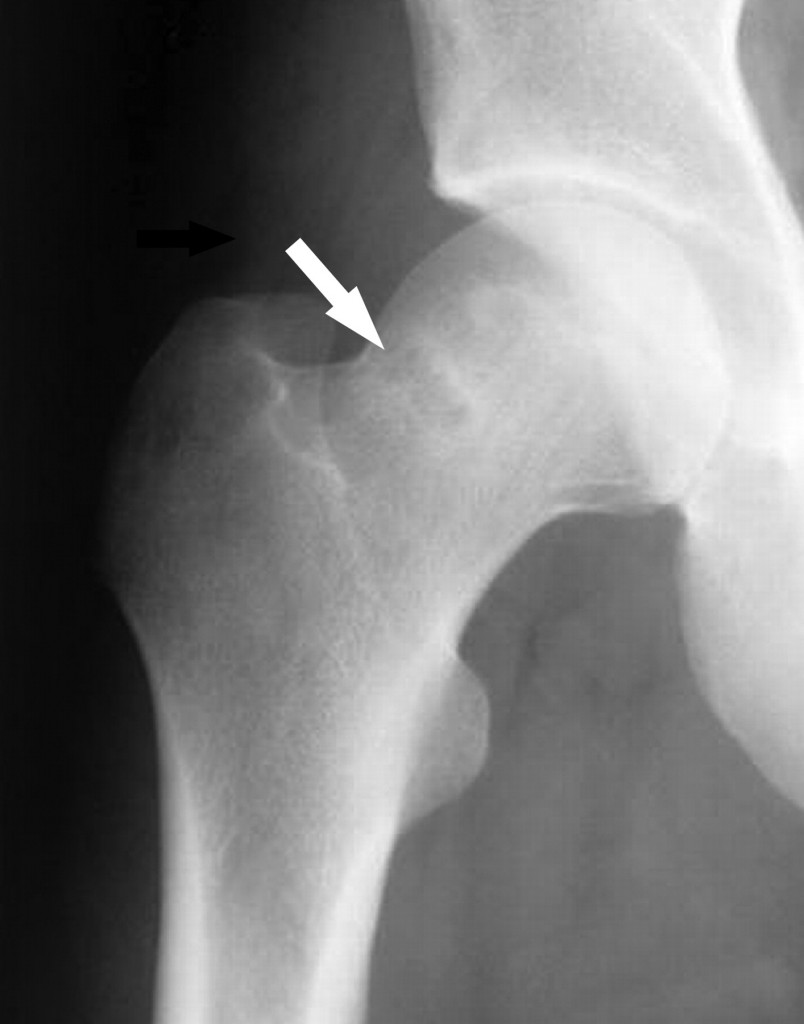
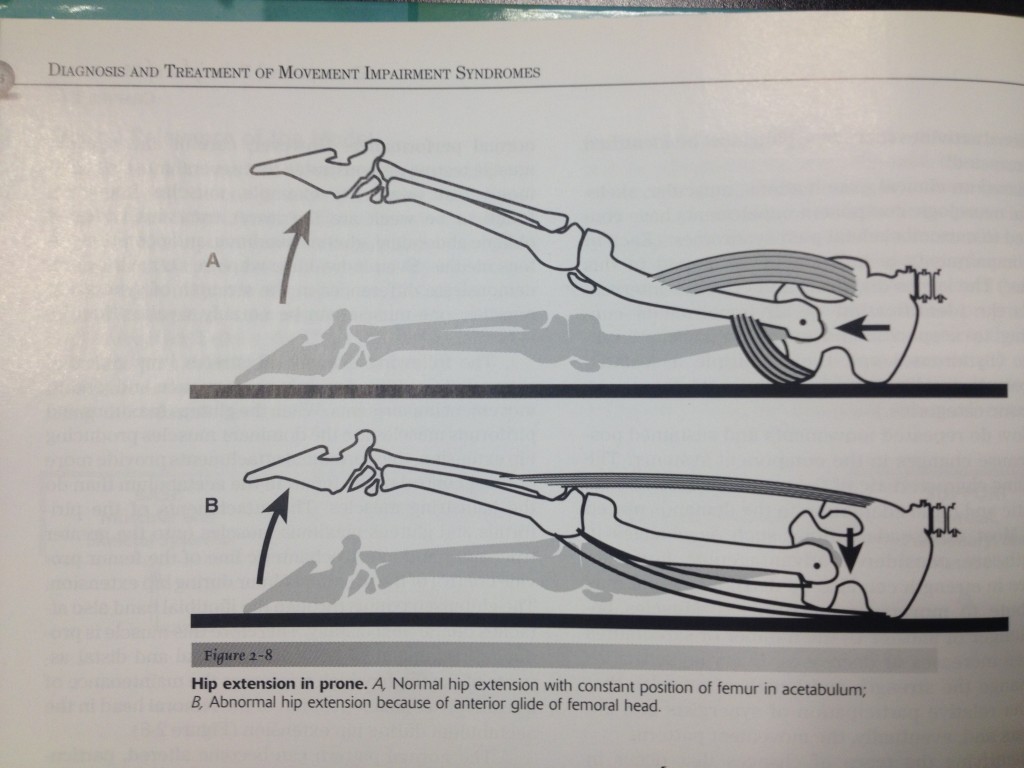
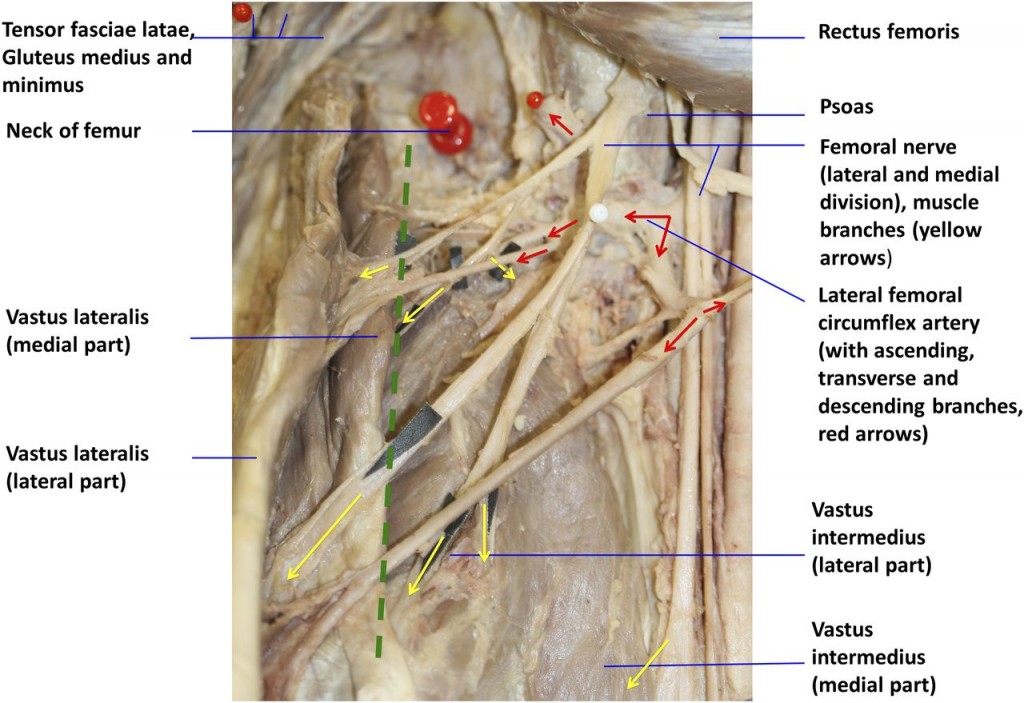
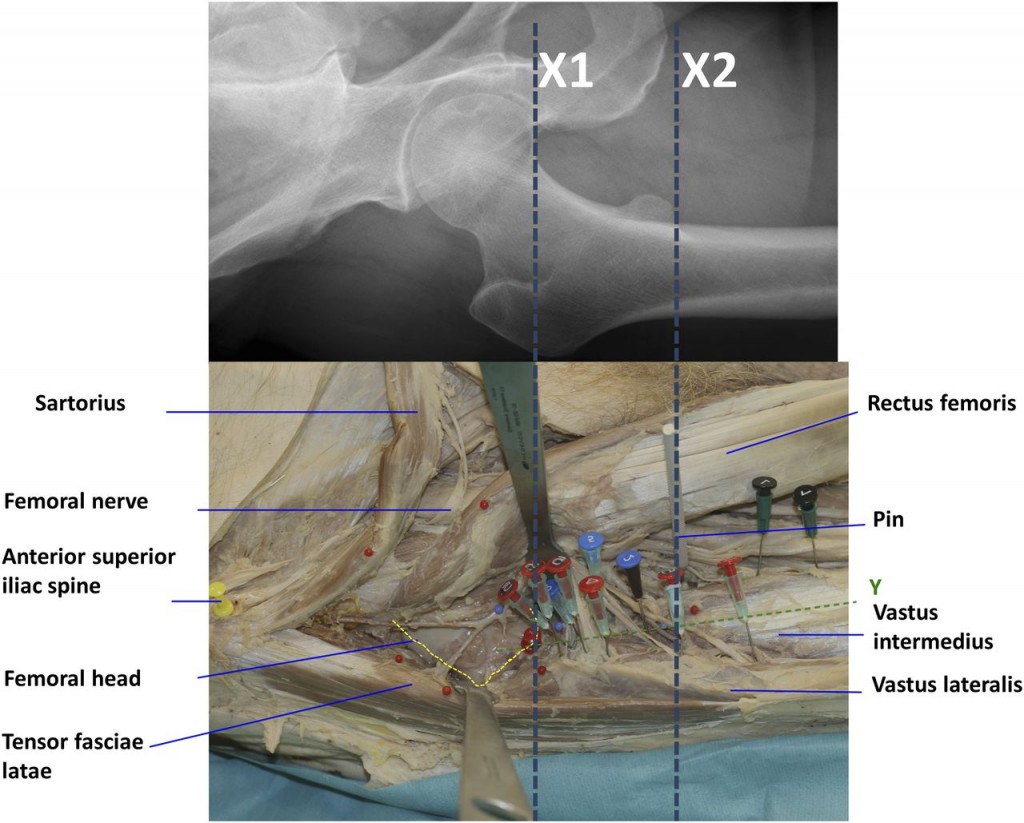
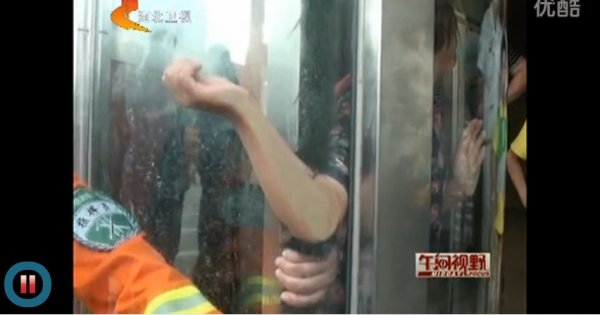
16 Responses to Troubleshooting Anterior Hip Pain